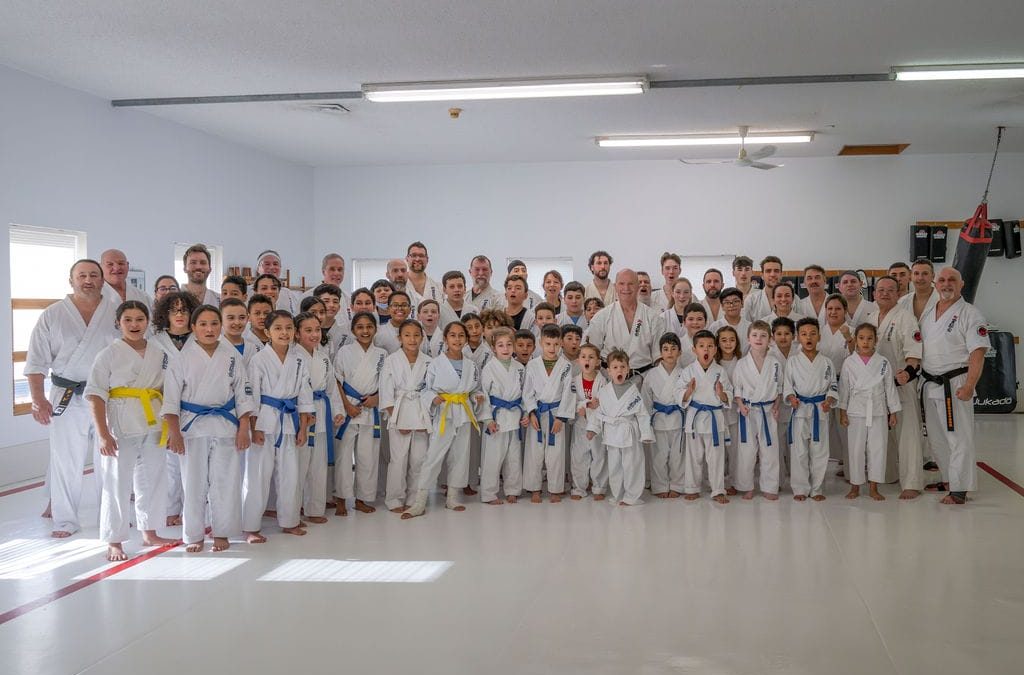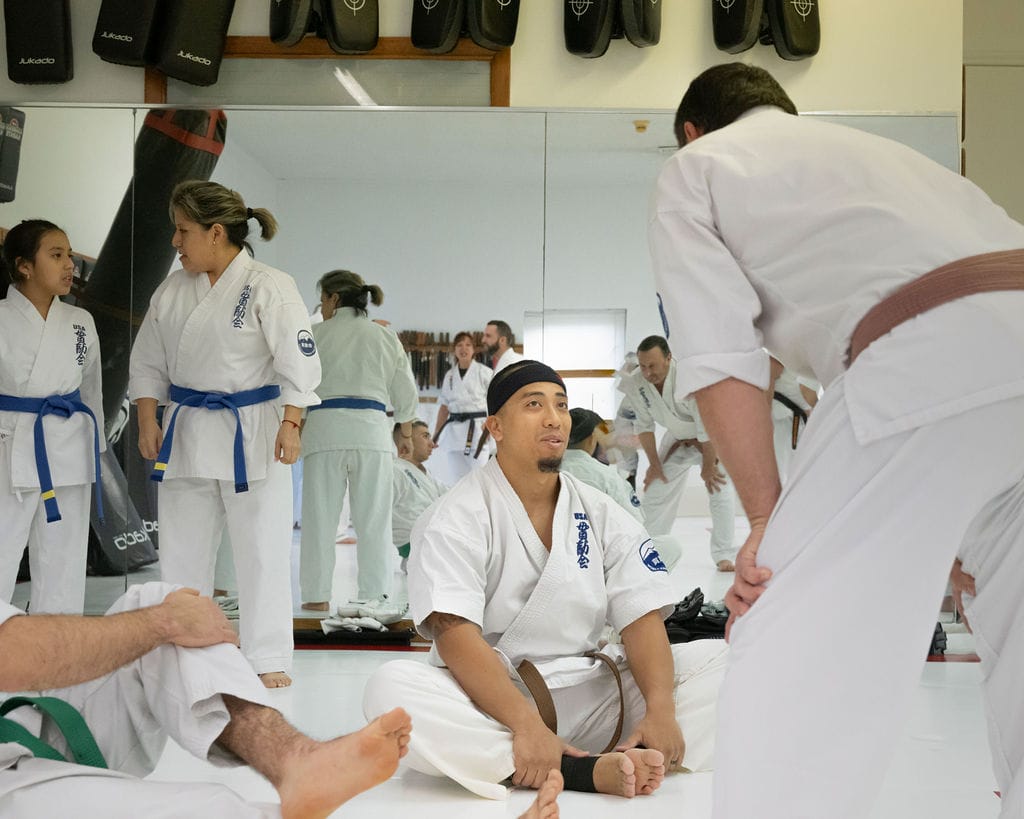Karate, an ancient martial art, uses a belt system to mark progress that bears a striking resemblance to the color changes of a healing bruise. This article explores the fascinating parallel between the karate belt progression and the stages of bruise healing, offering insights into the physical and metaphorical journey of martial arts training.
What is the Significance of Karate Belt Colors?
Karate belt colors represent a student’s progress and skill level. The journey typically begins with a white belt, symbolizing purity and new beginnings. As students advance, they progress through various colors, each representing a new stage of learning and mastery. The belt system not only motivates students but also helps instructors quickly assess a practitioner’s skill level.
The color progression often follows this order: white, blue, yellow, orange, green, brown, and finally, black. Each color has its own symbolic meaning, reflecting the student’s growth in technique, knowledge, and character.
How Do Bruises Change Color as They Heal?
Bruises, like karate belts, go through a series of color changes as they heal. When an injury occurs, blood vessels break beneath the skin, causing blood to pool and create a bruise. The healing process involves the breakdown of hemoglobin, which results in various color changes and can vary according to the person and their skin color.
- White: Initial impact
- Blue / Purple / black: Initial stage (1-2 days)
- Yellow / Orange / Green: Early healing (5-10 days)
- Brown: Continued healing (10-14 days)
- Healed in about 2 weeks
These color changes reflect the body’s natural healing process, much like how belt colors reflect a karate student’s progress.
What’s the Connection Between Karate Belt Colors and Bruise Colors?
The parallel between karate belt colors and bruise colors is more than just coincidental. Both represent a journey of transformation and growth. Just as a bruise changes color as it heals, a karate student’s belt color changes as they progress in their training.
For example, the initial white belt could be likened to the unmarked skin before a bruise forms or right after impact that will cause a bruise. The blue, yellow and orange belts might represent the early stages of a bruise, while the green could be compared to the mid-stages of bruise healing. The brown belt might be seen as the final stages of a bruise, with the black belt representing the return to normal, healed skin – but with the added strength and resilience gained from the experience.
How Does the Karate Belt System Reflect Personal Growth?
The karate belt system is not just about physical skills; it also reflects personal growth and character development. As students progress through the ranks, they learn valuable life lessons such as discipline, respect, and perseverance. Each new belt color represents overcoming challenges and pushing personal boundaries.
Like a healing bruise, the journey through belt colors can be uncomfortable at times, but it ultimately leads to greater strength and resilience. The dojo becomes a place of transformation, where students not only learn martial arts techniques but also develop mental fortitude and self-confidence.
Can the Belt System Help Keep Students Motivated?
The belt system in karate serves as an excellent motivational tool. By providing visible markers of progress, it helps students set goals and work towards them. The prospect of earning a new belt color can inspire students to train harder and more consistently.
Moreover, the belt system creates a sense of community within the dojo. Students can easily identify peers at similar skill levels and support each other’s progress. This camaraderie can be crucial in keeping students motivated, especially during challenging periods of training.
What Are the Challenges of Progressing Through Belt Ranks?
Progressing through belt ranks is not always easy. Each new level brings its own set of challenges, both physical and mental. Students may face difficulties mastering new techniques, overcoming fear or self-doubt, or balancing their training with other life commitments.
Like a bruise that may be tender or painful as it heals, the journey through belt ranks can involve discomfort and setbacks. However, it’s through overcoming these challenges that true growth occurs. The process of earning each new belt color helps build resilience and character, much like how the body becomes stronger as it heals from an injury.
How Do Different Martial Arts Styles Use Belt Colors?
While karate uses a specific belt color system, other martial arts may have different approaches. For example, Brazilian Jiu-Jitsu uses fewer belt colors but includes stripes to denote progress within each belt level. Judo, from which the belt system originated, uses a similar color progression to karate.
Some styles, like Muay Thai, traditionally don’t use a belt system at all. Instead, they may use other methods to denote rank and skill level. However, the concept of visible progress markers is common across many martial arts disciplines.
What’s the History Behind the Karate Belt System?
The karate belt system, surprisingly, is not as ancient as the art itself. Originally, there were only white and black belts. The introduction of intermediate colors came later to provide more frequent feedback and motivation to students. Today’s colorful array of belts is a relatively modern development in the long history of martial arts.
How Can Understanding This Parallel Enhance Your Martial Arts Journey?
Understanding the parallel between karate belt colors and bruise healing can provide a unique perspective on the martial arts journey. It reminds us that progress, like healing, is a natural process that takes time and patience. Just as a bruise gradually changes color and fades, leaving the body stronger, so too does a martial artist gradually progress through belt colors, emerging stronger and more skilled with each rank.
This perspective can help students appreciate the journey itself, rather than focusing solely on the end goal of a black belt. It encourages patience and persistence, reminding practitioners that each stage of their training is valuable and necessary for their overall growth.
Key Takeaways
- Karate belt colors and bruise colors both follow a progression that reflects transformation and healing.
- The belt system in karate represents not just physical skills, but also personal growth and character development.
- Progressing through belt ranks, like healing from a bruise, can be challenging but ultimately leads to greater strength and resilience.
- Different martial arts styles may use different systems to denote rank, but the concept of visible progress markers is common.
- Understanding the parallel between belt colors and bruise healing can enhance appreciation for the martial arts journey and encourage patience and persistence in training.
READY TO JOIN US ON THE MAT? SIGN UP FOR OUR 1 WEEK FREE TRIAL!
Are you eager to start your karate journey? There’s no better time than now! We’re excited to offer a special 1 week free trial for new students. Here’s what you can expect:
- A welcoming and supportive environment for all ages and skill levels
- Expert instruction from experienced, certified karate instructors
- A safe, clean, and well-equipped training facility
- A variety of class times to fit your busy schedule
- A fun and engaging curriculum that builds strength, discipline, and confidence
Don’t miss this opportunity to try karate risk-free for a full week. You’ll get a taste of the exciting world of martial arts and see firsthand how karate can benefit you or your child.
Signing up is easy! Simply click the URL below to get started. We can’t wait to welcome you to our dojo and help you begin your transformative karate journey.
Let’s get you started on the path to personal growth, physical fitness, and lifelong friendships. Join our karate community today!
Authors: Sensei Christopher Goncalves 3rd Dan



